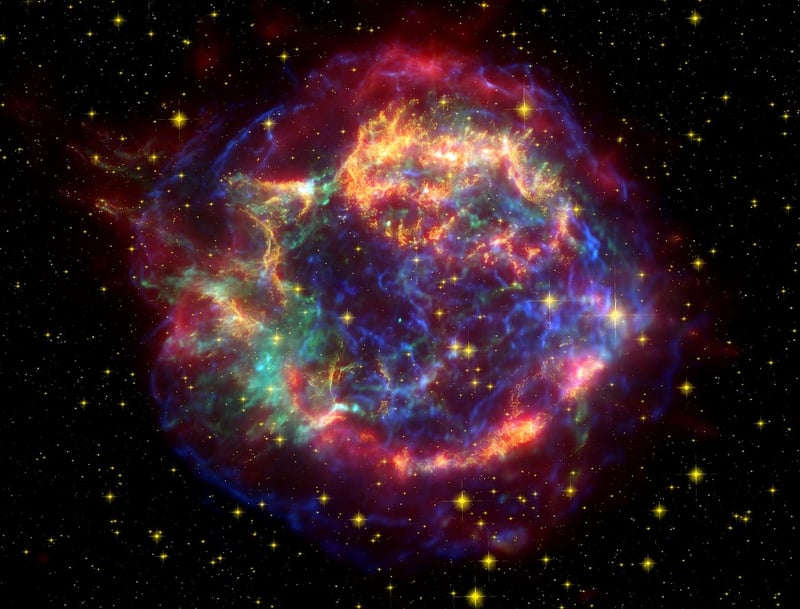Supernova Observations
Unveiling the Universe: Supernova Observations
Exploring the vastness of space has always intrigued humanity, with supernovae being one of the most awe-inspiring phenomena in the universe. These powerful explosions of stars are key to understanding the cosmos and its evolution. Let's delve into the fascinating world of supernova observations.
What is a Supernova?
A supernova is a stellar explosion that occurs when a star reaches the end of its life cycle. During this cataclysmic event, the star releases an immense amount of energy, briefly outshining entire galaxies. Supernovae play a crucial role in dispersing heavy elements into space, which are essential for the formation of planets and life.
Types of Supernovae
There are two main types of supernovae: Type I and Type II. Type I supernovae occur in binary star systems where a white dwarf accumulates matter from a companion star, leading to a thermonuclear explosion. Type II supernovae, on the other hand, result from the collapse of massive stars at the end of their lives.
Observing Supernovae
Astronomers use various telescopes and instruments to observe supernovae across different wavelengths of light. By studying the light curves and spectra of these cosmic explosions, scientists can determine the type of supernova, its distance from Earth, and glean insights into the universe's expansion.
Impact of Supernova Observations
Supernova observations have revolutionized our understanding of dark energy, the accelerated expansion of the universe, and the formation of elements essential for life. These cosmic beacons serve as valuable probes for unraveling the mysteries of the cosmos.
Conclusion
Supernovae are celestial marvels that continue to captivate astronomers and stargazers alike. Through meticulous observations and analysis, scientists are unraveling the secrets of the universe and expanding our cosmic horizons.

For more information on supernovae and their observations, visit NASA's Supernova Page.
